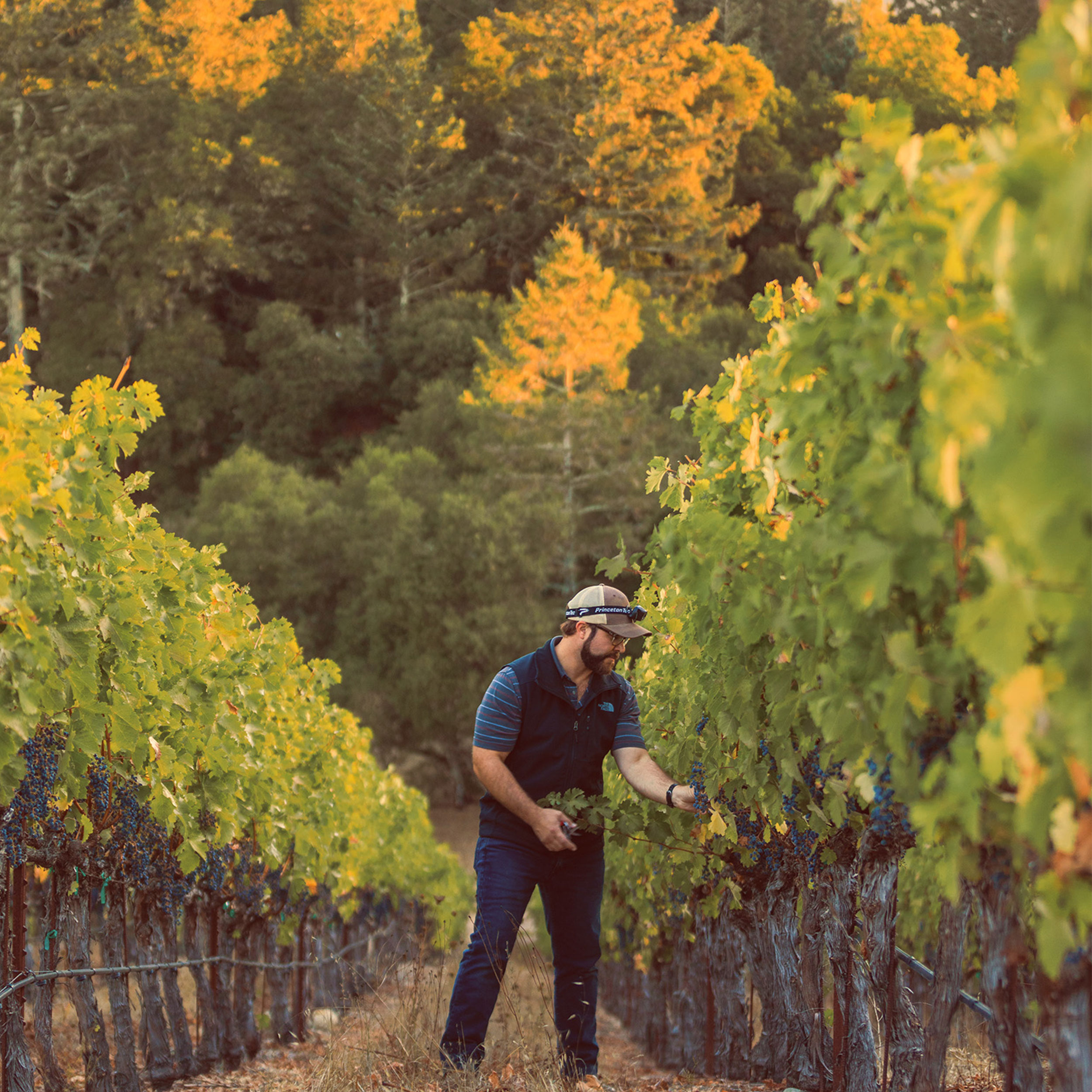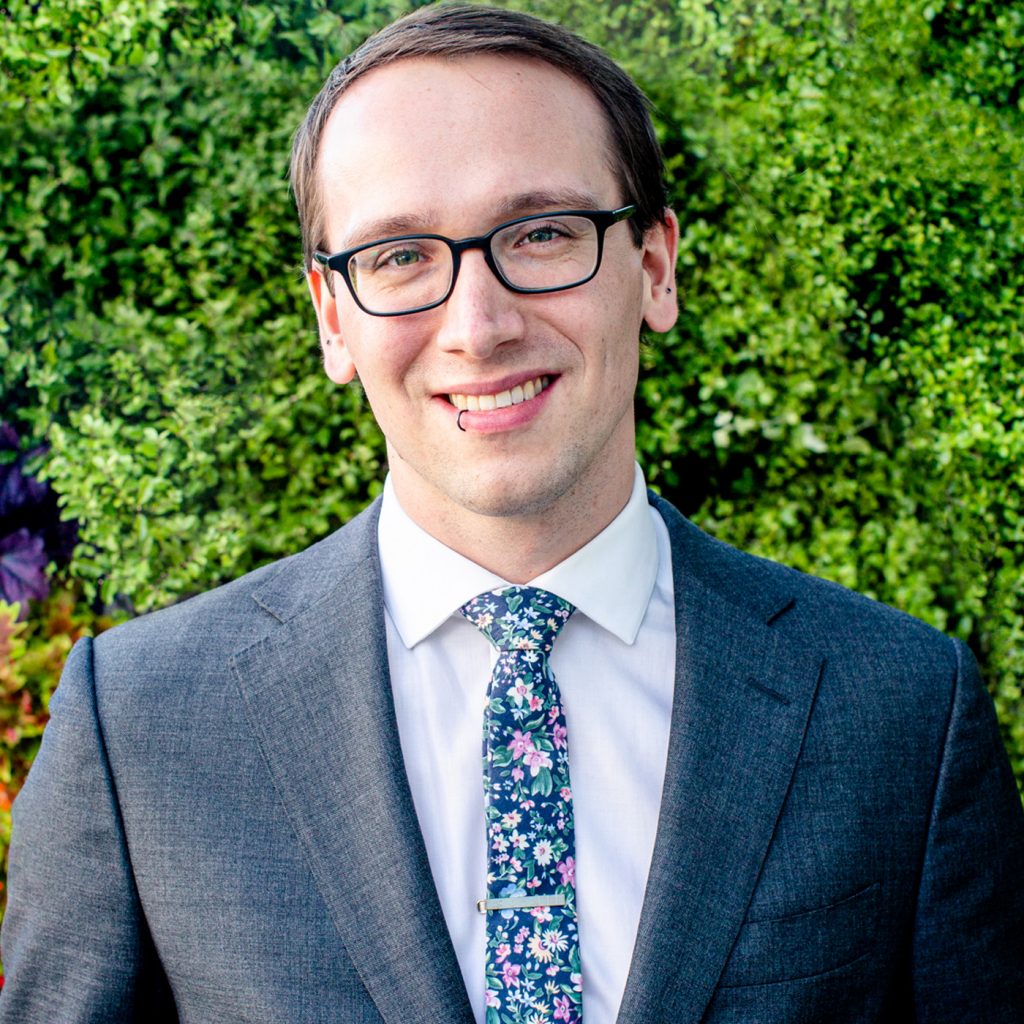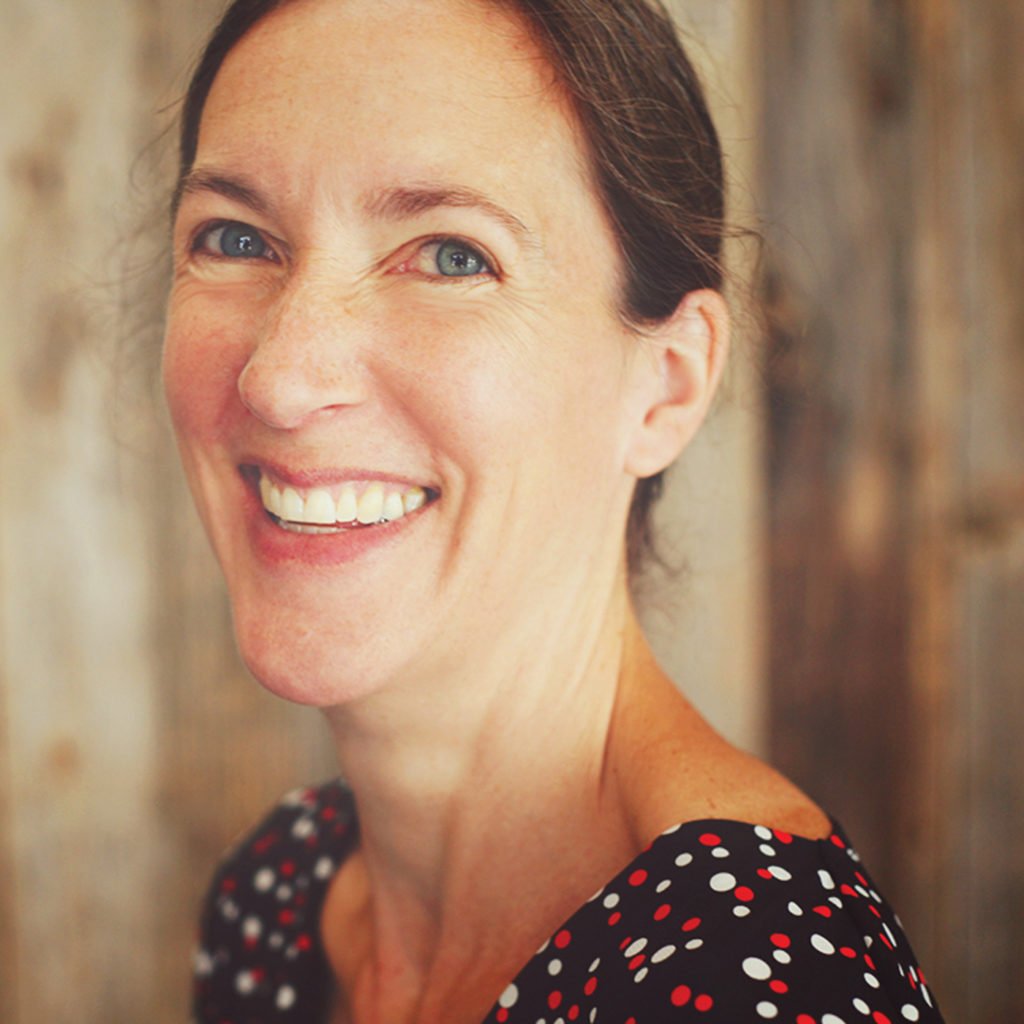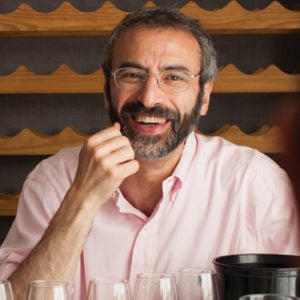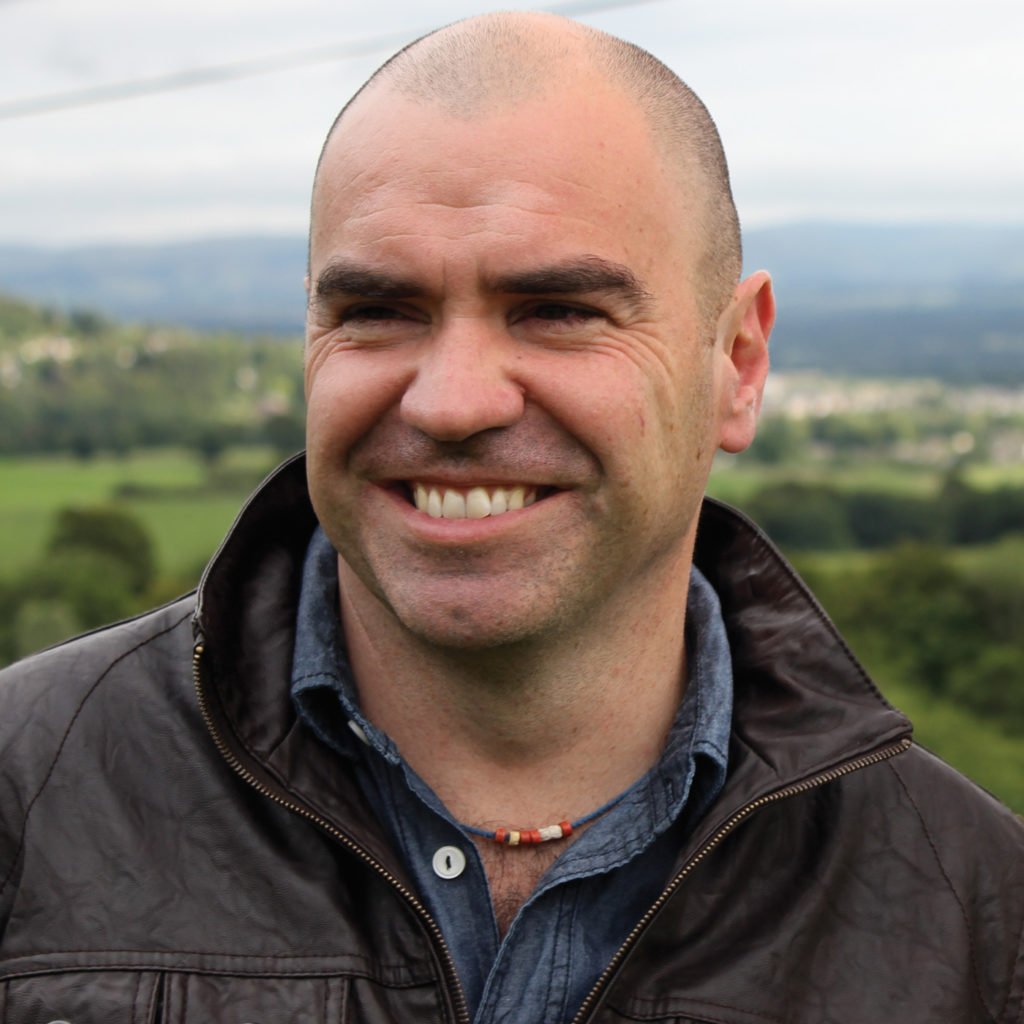Back in mid-September this year, Bobby Moy invited me and a few friends to help him pick an acre of cabernet sauvignon in Calistoga, the northernmost reach of Napa Valley. For Moy, a former sommelier who started Chiron Wines in 2015, it was a handshake deal. He was offered the…
To read this article and more,
subscribe now.
To continue reading without interruption, subscribe and get unlimited digital access to our web content and wine search.
This story appears in the print issue
of December 2020.
Like what you read? Subscribe
today.

